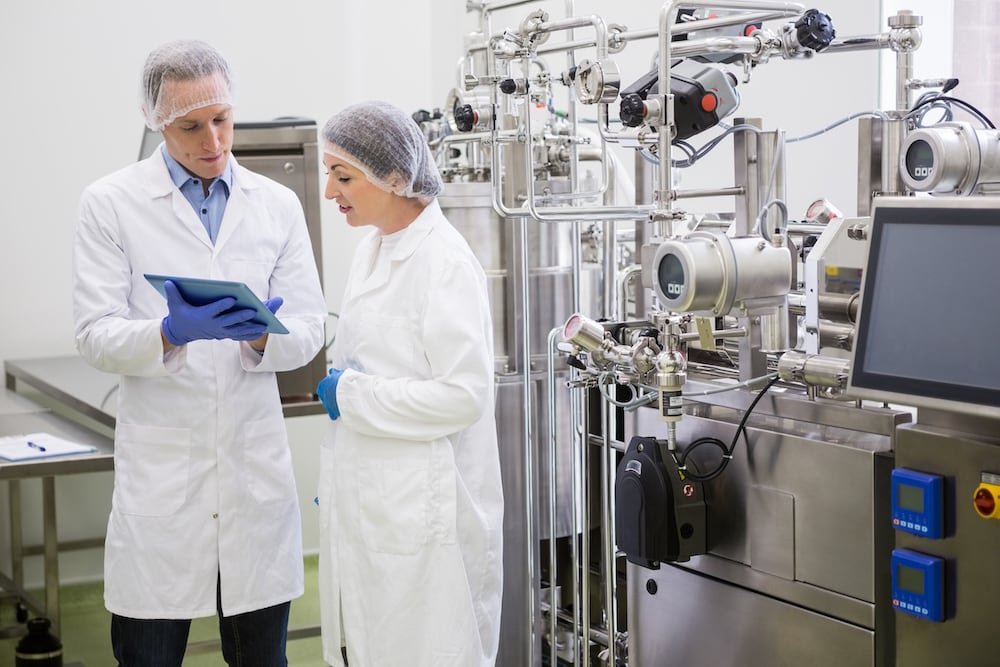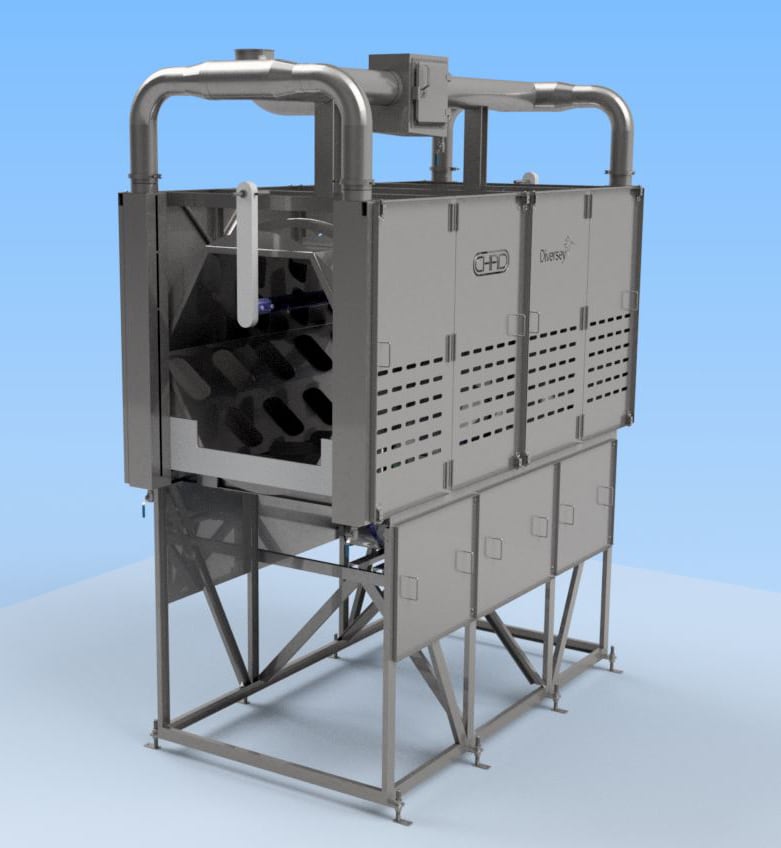It has been a busy month as it relates to changes for testing food products for pathogenic bacteria. On Wed., Sept. 19, 2012, the FSIS (Food Safety Inspection Service) proposed a change in the testing required for E. coli 0157:H7 in beef trim used for ground beef. The proposed change in testing will be risk-based, and according to meatingplace.com, will “enable the agency to calculate ongoing statistical prevalence estimates for that pathogen in meat trimmings.”
It may seem counterintuitive, but according to the FSIS the smaller facilities will be required to do more intensive testing than the larger processors. Why? Smaller facilities actually have a higher prevalence for E. coli than the larger processors. According to the Federal Register, “FSIS found that the large-volume establishment class (total volume CY 2007-2011: 13,500,000,000 pounds) has the lowest E. coli O157:H7 percent positive, while the small-volume class (total volume CY 2007- 2011: 1,268,625,000 pounds) has the highest E. coli O157:H7 percent positive. The analysis found that sampling in the small volume class is twice as likely to yield an E. coli O157:H7-positive result as sampling in large volume establishments. FSIS found that sampling volume classes in proportion to the percent positive in the volume class is approximately two times as likely to yield an E. coli O157:H7-positive test result as is sampling under the simple random sampling program.”
FSIS is also proposing a change to the frequency of testing for Listeria monocytogenes in ready-to-eat food products as well. While the so-called “Listeria Rule” (9 CFR Part 340) has been in place since 2003, it was revised in 2006 and the proposed changes do not deviate very much from the 2006 guideline. The frequency of sampling, however, is changing as is the testing of non-food contact surfaces (not required by the Listeria Rule). Identifying Listeria trends is also covered now as well.
Of particular interest, however, is that intensified sanitation is being stressed to control Listeria:
4.2 Intensified Sampling
“Intensified sanitation efforts should be used in conjunction with intensified sampling to address sources of contamination. Intensified sanitation includes sanitation measures that are performed in addition to normal sanitation procedures and are escalated in response to continuing findings of positives. Intensified sanitation can include increasing the frequency of cleaning and sanitizing for certain pieces of equipment, breaking down the equipment into its parts for further cleaning, repairing or replacing broken equipment, and construction, if needed. For more descriptions of intensified sanitation, see Appendix 2.2.”
And last but not least, a clarification has been issued on the type of young chickens that are eligible for campylobacter testing. From the FSIS Notice, dated Sept. 14, 2012:
YOUNG CHICKEN CARCASS SAMPLING ELIGIBILITY
“Some young chicken slaughter establishments may have been inadvertently excluded from sampling because Inspection Program Personnel (IPP) or establishment representatives may have misunderstood which young chicken product classes were subject to sampling. Instructions to IPP provided in the Young Chicken Baseline Survey of 2007-2008 could have been interpreted to apply only to broilers. However, ALL types of young chickens, as defined below, are to be sampled in FSIS’s carcass-based Salmonella and Campylobacter verification testing program.”
III. CLARIFICATION OF YOUNG CHICKEN CARCASS SAMPLING ELIGIBILITY
A. Carcasses of “Rock Cornish game hens” (also called “Cornish game hen”, or “poussin”), “broilers”, “fryers”, and “roasting chickens” (also called “roasters”), as defined in 9 CFR 381.170(a), are in the “Young Chicken” product class and are to be sampled.
B. In order to ensure consistency in the FSIS sampling frame, IPP are to perform verification testing on these eligible young chicken products when they are available at a poultry slaughter establishment and when scheduled through the Public Health Information System (PHIS).
C. Other chicken product classes, capon, hen, fowl, baking chicken or stewing chicken, and cock or rooster, are not subject to FSIS Salmonella and Campylobacter verification testing.”








